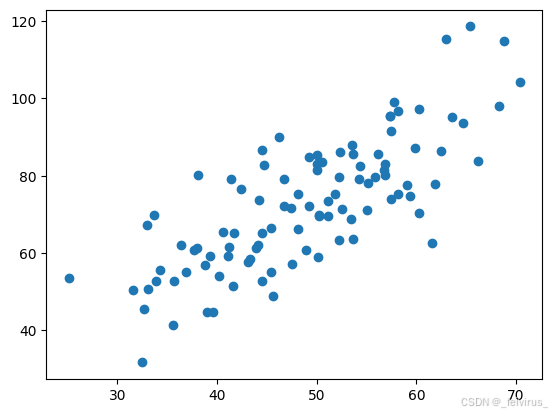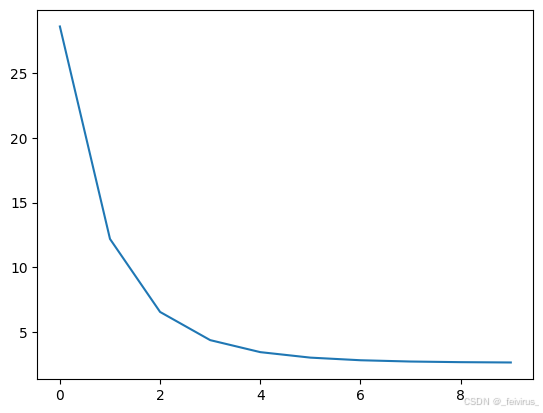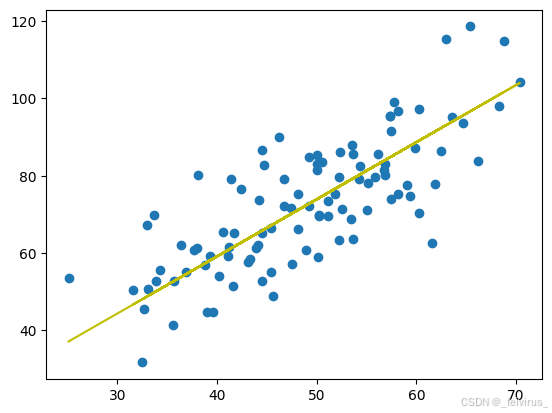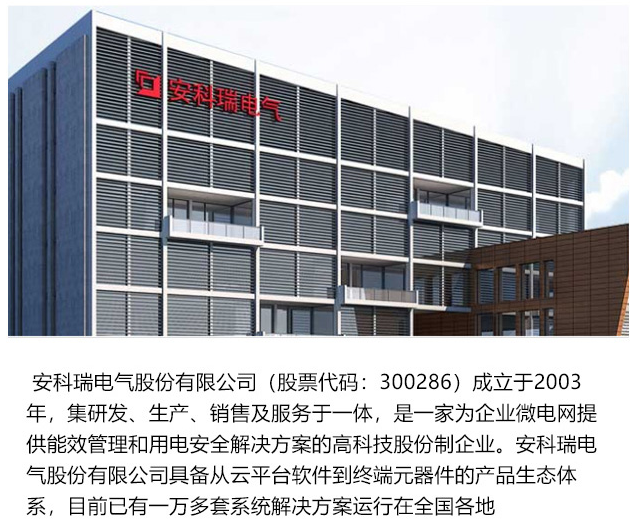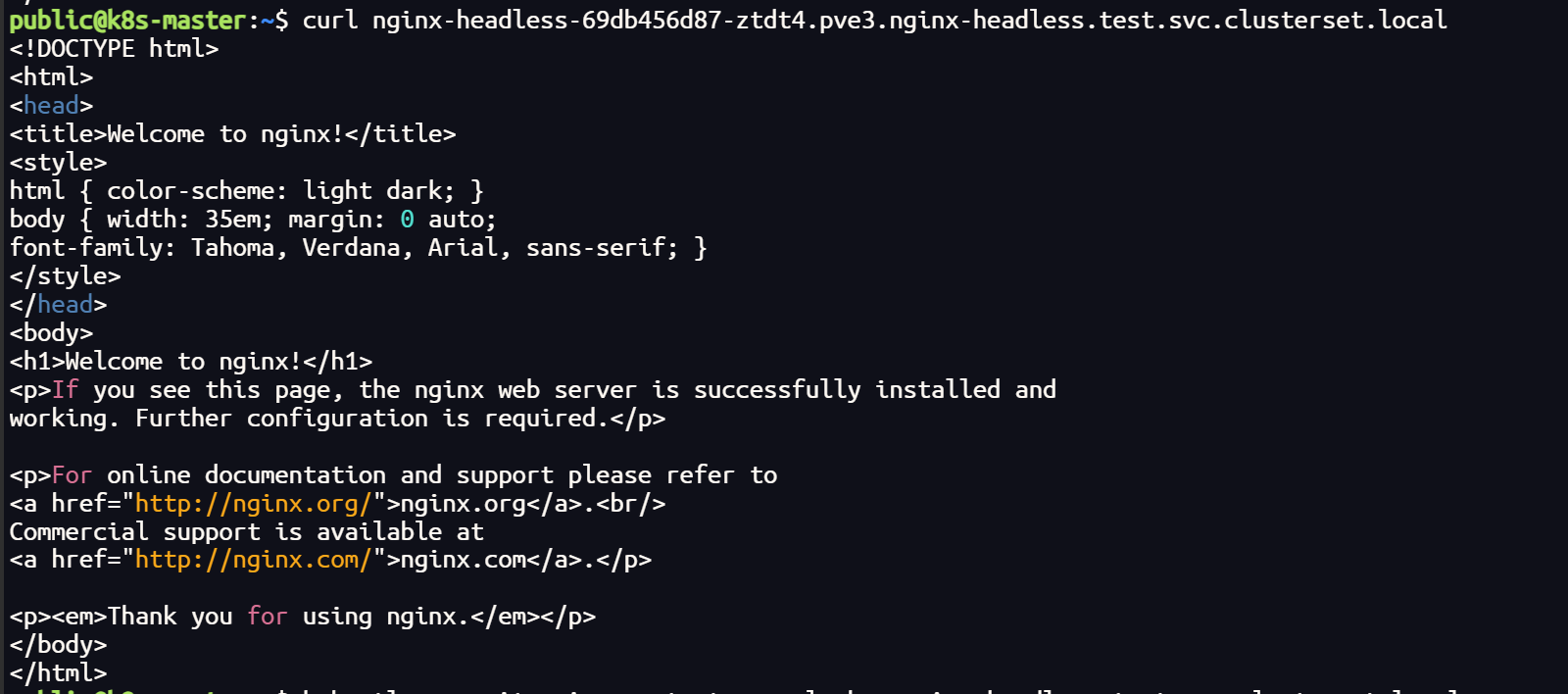from numpy import *
import matplotlib. pyplot as plt
points = genfromtxt( 'linear_regress_lsm_data.csv' , delimiter= ',' )
length = len ( points)
print ( 'point count %d' % length)
x = array( points[ : , 0 ] )
y = array( points[ : , 1 ] )
plt. scatter( x, y)
plt. show
point count 100
<function matplotlib.pyplot.show(close=None, block=None)>
def compute_cost ( points, w, b) :
total_cost = 0
length = len ( points)
for i in range ( length) :
x = points[ i, 0 ]
y = points[ i, 1 ]
total_cost = ( y - w * x - b) ** 2
return total_cost / float ( length)
learning_rate = 0.0001
init_b = 0
init_w = 0
num_iteration = 10
def gradient_descent ( points, init_w, init_b, learning_rate, num_iteration) :
b = init_b
w = init_w
cost_list = [ ]
for i in range ( num_iteration) :
cost_list. append( compute_cost( points, w, b) )
w, b = step_grad_desc( w, b, array( points) , learning_rate)
return [ w, b, cost_list]
def step_grad_desc ( cur_w, cur_b, points, learning_rate) :
w_grad = 0
b_grad = 0
poi_len = len ( points)
for i in range ( poi_len) :
x = points[ i, 0 ]
y = points[ i, 1 ]
w_grad += ( cur_w * x + cur_b - y) * x
b_grad += cur_w * x + cur_b - y
new_w = cur_w - learning_rate * w_grad * ( 2 / float ( poi_len) )
new_b = cur_b - learning_rate * b_grad * ( 2 / float ( poi_len) )
return new_w, new_b
w, b, cost_list = gradient_descent( points, init_w, init_b, learning_rate, num_iteration)
print ( "w= " , w)
print ( "b= " , b)
print ( "cost= " , compute_cost( points, w, b) )
w= 1.4774173755483797
b= 0.02963934787473238
cost= 2.656735381402925
plt. plot( cost_list)
plt. show( )
plt. scatter( x, y)
y_predict = w * x + b
plt. plot( x, y_predict, c = 'y' )
plt. show
<function matplotlib.pyplot.show(close=None, block=None)>
